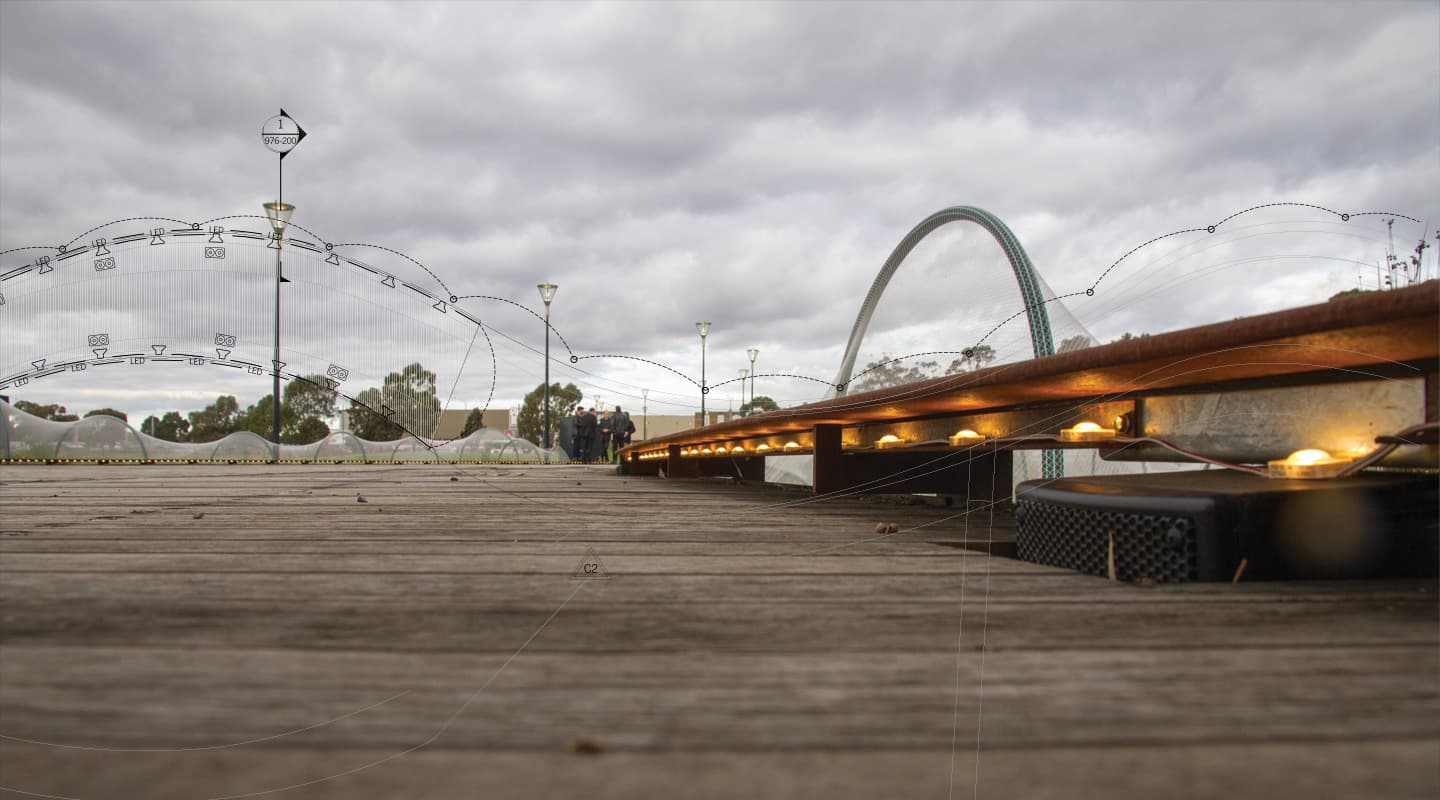
Take It To The Bridge
A hi-spec multi-channel AV install provides a constant canvas for an evolving repertoire of sound art.
Text:/ Christopher Holder
I feel sure that most of us have experienced some kind of audio installation on a pedestrian footbridge. For example, there’s one as you walk to the MCG in Melbourne from the city. The first time I experienced it there was a delightful sense of surprise. I stopped. I retraced my steps. I went searching for the loudspeakers. I zig-zagged along the walkway. I had a smile from ear to ear. The second time I walked across that bridge, I couldn’t care less.
These soundscapes are rather like public art or sculpture: they can quickly become little more than urban wallpaper. But audio, more so than other media, cannot be easily ignored. Which is one reason why, back in 1989, when I learnt the US military was blasting General Noriega with 50,000 Watts of heavy metal to flush him out of his Panamanian hidey-hole… I had more than a little sympathy for the psychotic, drug-dealing, murderous, tin-pot dictator.
RMIT’s Bundoora campus has a footbridge. It funnels thousands of students and staff from public transport into the university every day. And now the footbridge boasts a sound art installation. My immediate thought was along the lines of: ‘Oh no, within a month, people will be jumping off the bridge, driven mad by the same soundscape’.
But here’s where the genius lies: the bridge installation is a ‘stage’; a ‘canvas’ for experimental multichannel soundscapes. From the beginning there is enough program material to ensure that foot traffic would be extremely unlikely to hear the same soundscape in months of passing through the install.
The future, funding permitting, will see new soundscapes being purchased or, indeed, composed especially for the bridge, including post-grad student work. It’s a brilliant idea, but one that requires a long-lasting, robust system that invites updates, and can be easily maintained both on site and remotely.
SPANNING THE DIVIDE
Dr Lawrence Harvey, is an RMIT Associate Professor and curator of the sound art collection. Along with RMIT Gallery Director Suzanne Davies and Collections Coordinator, Jon Buckingham, it was his energy and experience that convinced the RMIT Art Committee to bankroll the collection, which eventually led to the system. But first he looked at what was right and wrong with other public spaces that have been wired for sound: “We did a study on sound scale installations around the city. It became obvious that these installs quickly became a passive piece of hardware. There was no sense of there being a curatorial dimension or collection policy. Which is what we took up with RMIT Gallery. The partnership with RMIT is perfect because they’re more interested in maintaining an installation, given the institution’s remit is to push the research and experimental aspects of the work.
“Around that time I was involved in setting up a sound art exhibition called Sound Bites City. That formed the nucleus of the collection we have for the RMIT system. We’re planning to commission further pieces especially for this installation.”
CONTACT
CMI (Equipment Supplier & System Design): (03) 9315 2244 or [email protected]
Factory Sound (Rack Wiring): factorysound.com.au
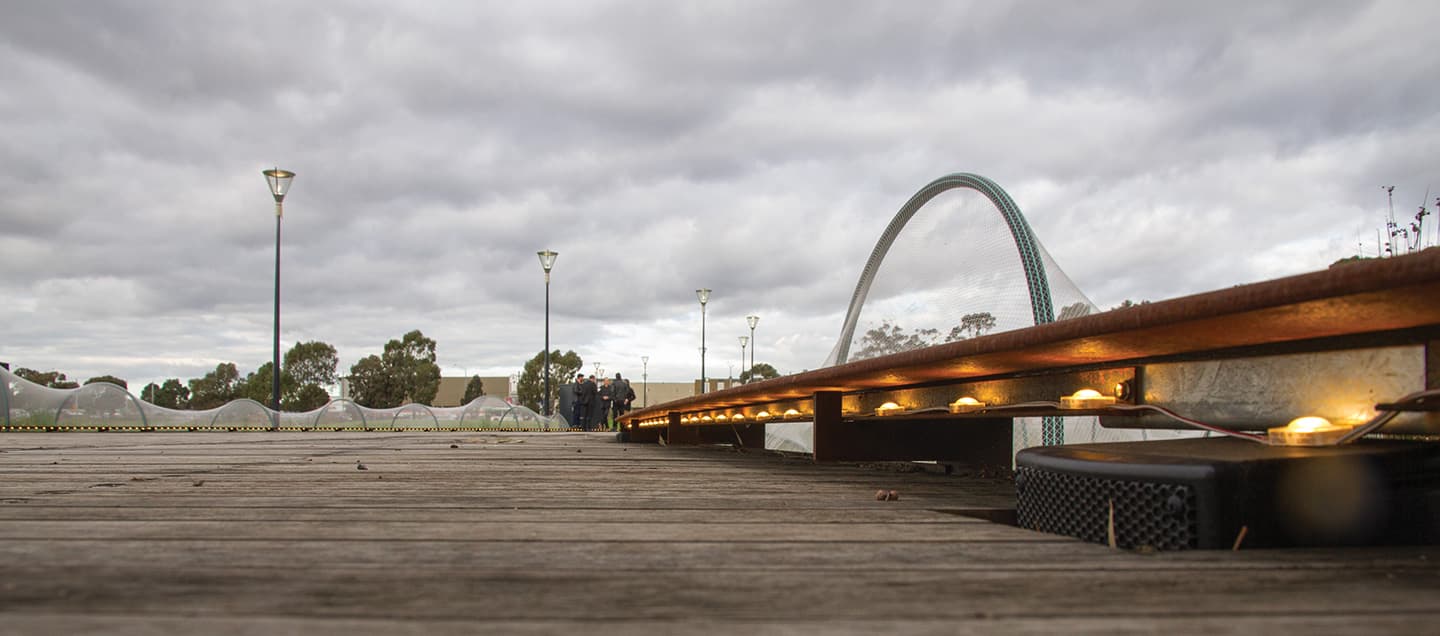
BRIDGE PLAYS TRICKS
The audio delivery might be via a battery of compact One Systems loudspeakers neatly installed along the bridge, chosen for their excellent weather resistance. But the real action is in the double-sided AV rack, which sits rather incongruously on location, like a hi-tech monolith accidentally parachuted onto a Wind in the Willows set.
The 19 audio works are stored on an Apple Mac Mini. Each day a new playlist is generated. The pieces are played from a digital audio software called Reaper, chosen for its ability to reliably run multichannel audio. (Each piece may run in anything from two-channel stereo through to 16 or more channels.)
A matrixing plug-in called Reasurround allows the multichannel audio to be easily and graphically mapped to the 16 destination loudspeakers. Bear in mind, many of the pieces were devised for very specific gallery installations (a cube, or two concentric rings of speakers, for example), so the work often needs to be reconfigured for the bridge.
The audio is output from the Mac Mini via a Dante card into XTA DC1048 processors and then into MC2 Ti4250 four-channel power amplifiers (via MC2 Dante eight-way breakout boxes).
The 16 channels of audio are then routed through line impedance matching transformers for 100V transmission to the One Systems 103IM loudspeakers.
Another six One Systems 208CIM double-eight-inch subs are each driven off one side of a MC2 Ti1500 power amp.
Each loudspeaker is discretely concealed in and under the edge of the bridge. The subs are mounted underneath, pointed downwards.
Everything about the job looks to be expertly installed and remarkably well-spec’ed. Certainly the results are excellent.
SOUND IN AN EARBUD WORLD
But what measure of success do you place on a system such as this? There was talk in the group that perambulating Bundoora RMIT students may have a lower iPod/headphone quotient than their CBD counterparts, and perhaps the sound art could well be contributing to that. More realistically, the students and staff happily accept the bridge, with its experimental groanings, horror movie rattles, wraparound panning and immersive atmospheres, as their own. Not something to be endured.
Without doubt the RMIT’s bridge provides a template for other instances of public audio art. Sound art needs a patron for it to maintain a vibrant life force. The more it evolves, the more the public will respond. The more they respond, the better the atmosphere and amenity of that public space.


System Designer Simon Tait talks us through the install:
This system design addressed the problems installation like this have had in the past: namely, they’ve been impossible to patch into and control/monitor, resulting in reduced flexibility.
Audio from the Mac Mini running Reaper goes into a Dante virtual sound card and is broken out into the analogue domain via two eight-channel MC2 Dante breakout boxes.
The analogue audio passes through a half-normalled TRS patchbay. So effectively it acts as a piece of wire until someone wants to patch into the system, whereupon it’ll bypass Reaper and the Dante box.
Before reaching the amp, the audio passes through the XTA DC1048 processors for speaker management processing. Importantly the DC1048s will limit any signal coming in that’s too hot (protecting the loudspeakers) and it performs some system EQ. It also acts as a crossover to send audio to the subs.
There are 22 amplifier channels. Each channel runs into a MC2 100V line impedance transformer. MC2 doesn’t make off-the-peg 100V line amps but its impedance transformers perform exceptionally well.
The MC2 amps are networked using an RS485 data bus. It allows RMIT’s city campus to manually tinker with the playlist — add or delete tracks.
The amps also have GPIO inputs. A Command Fusion brain triggers the switch at 10pm to power down the amps and will switch them on again in the morning. There’s also a thermostat inside the rack which will shut down the whole rack if the internal temperature exceeds 65°C. It’ll wait until the morning to power up again.
Special mention must go to Factory Sound’s Duncan Skinner who did the physical build. The landscape gardener dictated how big the rack could be, where it could be and what colour it could be. We had the cabinet built and put two 32U racks back to back inside. In between the racks is Duncan’s wiring, and the quality of the wiring is mind blowing.

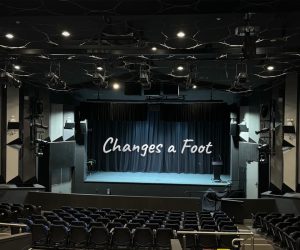


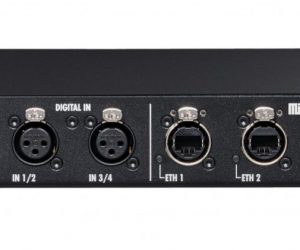

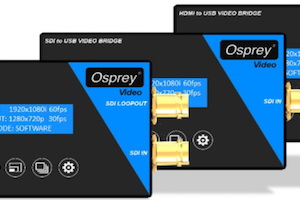
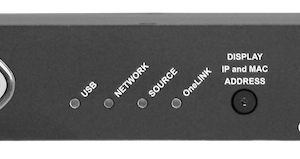
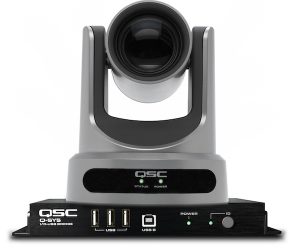
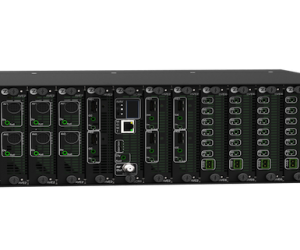

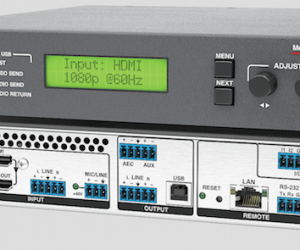
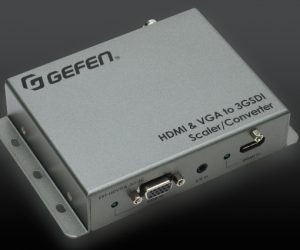


RESPONSES